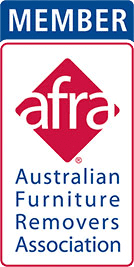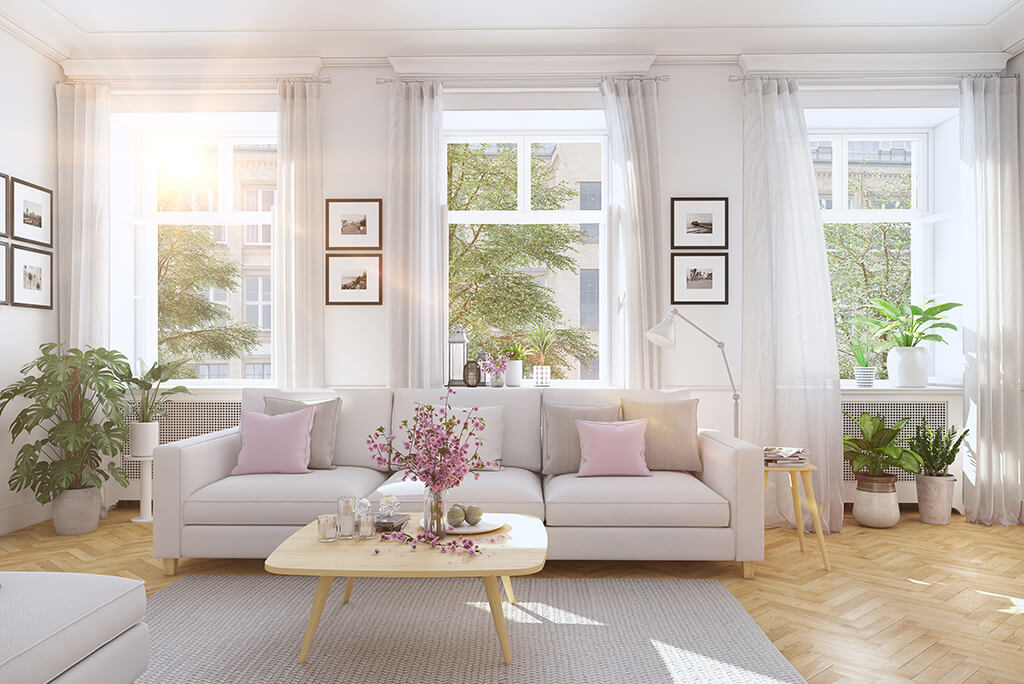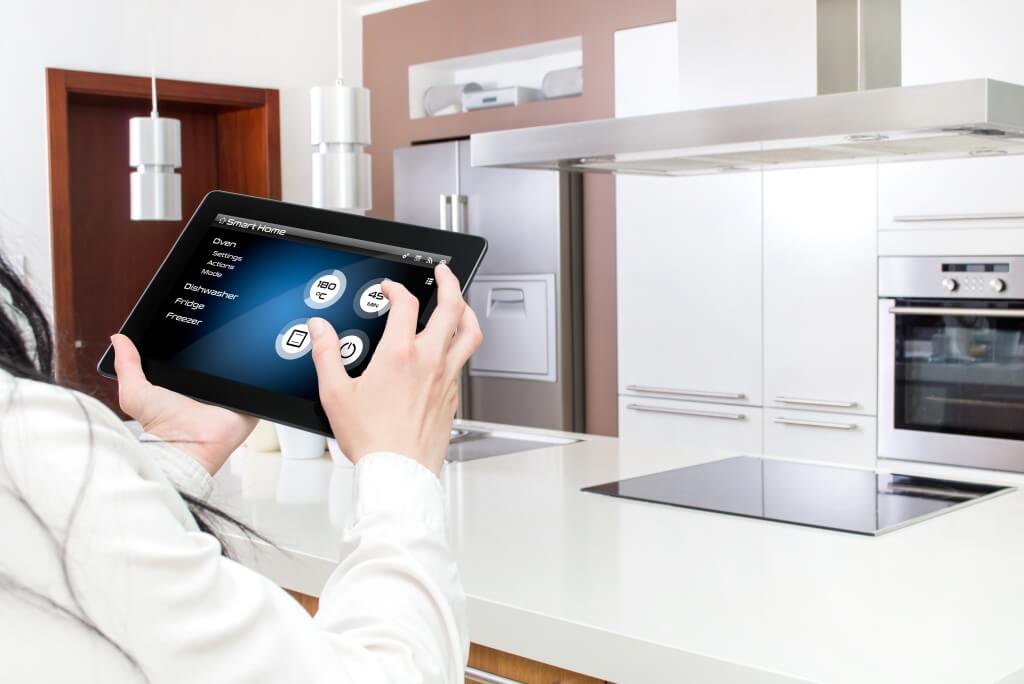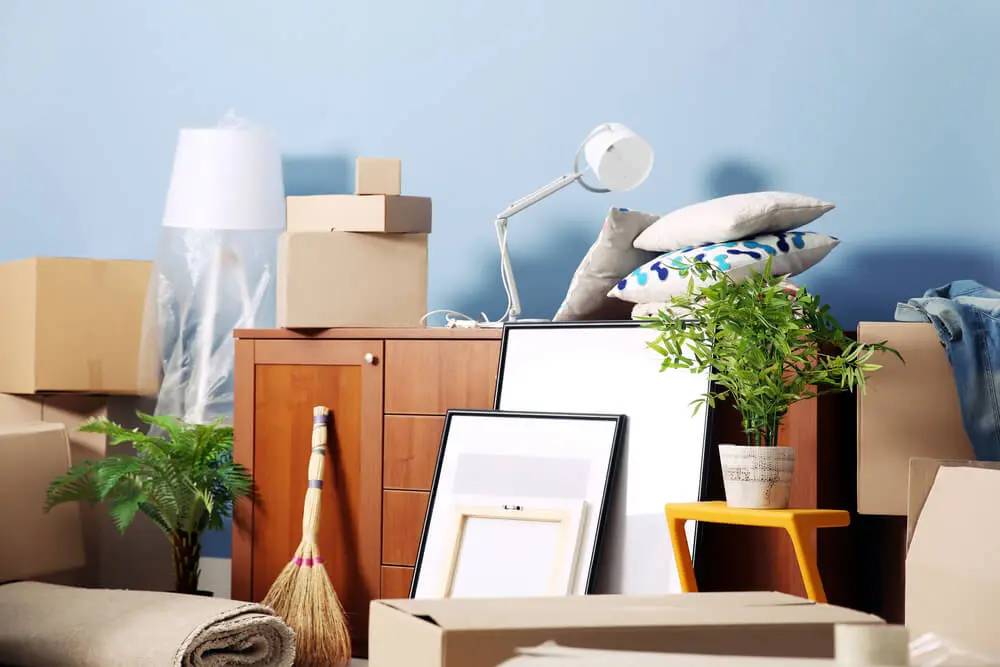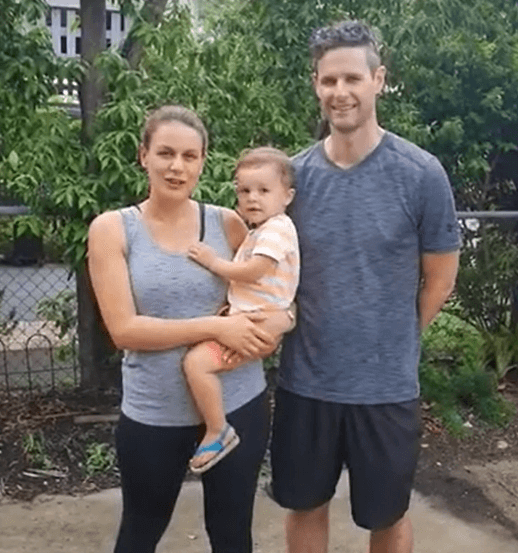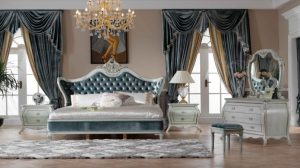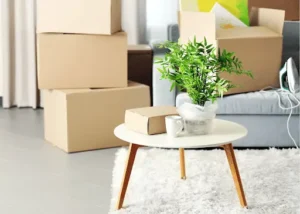Adapting Your Home for PWD: Tips and Tricks for a More Accessible Living Space
Living with a disability can be challenging, but it shouldn’t mean that you have to compromise on your quality of life. Adapting your home to make it more accessible is essential in creating a comfortable and safe living environment for people with disabilities.
This blog post will provide tips and tricks on adapting your home for people with disabilities to make it more accessible for wheelchair users.
Install Grab Bars and Handrails
Installing grab bars and handrails is essential in making an accessible home. Doing so will make it easier for people with disabilities to move around the house and perform daily activities independently. These bars and rails can be installed around your home, including your bathroom, kitchen, and stairways.
When installing grab rails, stair lifts, or even automatic doors, it is essential to ensure they are mounted securely to prevent accidents. Also, it’s crucial to choose to grab bars and fences that can support the weight of the person using them and ensure accessible space.
Create Wider Doorways and Hallways
Widening doorways and hallways can make a significant difference in creating a more accessible home with wheelchair access. This modification will make it easier for people with disabilities to navigate around the house, especially those who use mobility aids like wheelchairs or walkers.
You can remove the existing door and frame and install a wider one to create wider doorways and hallways with ample space for mobility devices. You can also remove any obstructions that may hinder movement, such as furniture or decorative objects in a ground floor bedroom.
Install Ramps
Ramps are essential for people with mobility impairments, allowing them to enter and exit the house safely and efficiently. Ramps can be installed in various locations, including entryways and staircases for full accessibility and independent living.
When installing a ramp, it’s essential to ensure a gradual incline and a non-slip surface to prevent accidents. Also, it’s crucial to consider the weight capacity of the ramp and ensure that it can support the weight of the person using it.
Install Stairlifts or Platform Lifts
Stairs can be a significant challenge for people with mobility impairments who live in multi-story homes. Installing stairlifts or platform lifts can be an excellent solution, making it easier for people with mobility issues between floors.
Stairlifts and platform lifts come in various types and styles, including straight or curved, indoor or outdoor, and vertical or inclined. When choosing a stairlift or platform lift, it’s important to consider the user’s needs and the house’s layout.
Modify the Bathroom
The bathroom can be one of the most challenging areas in the house for people with disabilities. Modifications to the bathroom can make a significant difference in creating a more accessible living space.
Some modifications that you can make to your bathroom include:
- Installing a roll-in shower with a built-in bench
- Installing a raised toilet seat
- Installing a hand-held showerhead
- Installing lever-style faucets and handles
When modifying your bathroom, it’s important to ensure it is easy to use, safe, and comfortable.
Use Smart Technology
Smart technology can be an excellent addition to your home, especially for a wheelchair user. These technologies can control various aspects of the house, including light switches, temperature, and appliances.
For people with disabilities, innovative technology can make it easier to control various aspects of the house independently. For example, a person with limited mobility can use voice commands to turn on the lights, adjust the temperature, or turn on the TV.
Modify the Kitchen
The kitchen is another area of the house that can be challenging for people with disabilities. Modifications to the kitchen can make it easier for people with disabilities to prepare meals and perform other activities independently.
Some modifications that you can make to your kitchen include:
- Installing adjustable-height counters and cabinets
- Installing pull-out shelves and drawers
- Installing lever-style faucets and handles
- Installing a side-by-side refrigerator and freezer
When modifying your kitchen, it’s important to ensure the layout is easy to use and that all appliances and features are within reach.
Create Accessible Outdoor Spaces
Having accessible outdoor spaces can enhance the quality of life for people with disabilities. Outdoor spaces provide opportunities for physical activities, socialisation, and relaxation.
To make your outdoor spaces more accessible, you can install ramps, create level pathways, and build raised garden beds. Ensuring the outdoor areas are well-lit, safe, and comfortable is also crucial.
Consider the Flooring
The type of flooring you have in your home can make a significant difference in creating a more accessible living space. For example, carpets can be challenging for people with mobility impairments, especially those who use mobility aids like wheelchairs or walkers. In contrast, hard floors like wood, vinyl, or tile can be more accessible.
If you have carpet in your home, you can consider replacing it with hard floors. You can also add non-slip rugs or mats in strategic areas to provide additional traction and prevent accidents.
Use Bright and Clear Lighting
Good lighting is crucial for people with disabilities, especially those with visual impairments. Using bright and clear lighting can help people with disabilities navigate the house more efficiently and independently perform daily activities.
When lighting your home, it’s important to consider the user’s needs. For example, people with visual impairments may need brighter lighting, while people with sensitivity to light may prefer dimmer lighting.
Rearrange Furniture and Objects
Rearranging furniture and objects in your home can significantly create a more accessible living space. By removing obstructions and clutter, you can create more space and make it easier for people with disabilities to move around the house.
When rearranging your furniture and objects, it’s important to ensure they are placed in areas that are easy to reach and use. You can also consider using furniture explicitly designed for people with disabilities, such as adjustable-height tables or chairs with armrests.
Consult with a Professional
Adapting your home for people with disabilities can be a complex process, and it’s essential to get it right. If you’re unsure about the modifications you must make, consider consulting with a professional.
A professional can advise you on the modifications you need to make to create a more accessible living space. They can also help you choose suitable materials and products for your home and ensure that the modifications are done correctly and safely.
Conclusion
Adapting your home for people with disabilities can be challenging, but with the proper modifications, you can create a safe, comfortable, and accessible living space. By installing grab bars and handrails, creating wider doorways and hallways, using ramps and lifts, modifying the bathroom, using innovative technology, choosing the right flooring and lighting, rearranging furniture and objects, and consulting with a professional, you can create a home that meets your needs and enhances your quality of life. Remember, it’s never too late to start making your home more accessible; even small modifications can make a significant difference.
With the right modifications, you can create a home that is more accessible and comfortable for everyone. Many resources are available to help you make your home more accessible and ensure that all of its amenities for socialisation and relaxation are available to everyone.
Hire Optimove your professional movers to help create a more accessible living space. We offer comprehensive moving services, from packing and unpacking to rearranging furniture and objects. Our professional movers will ensure that your home is safe and comfortable for everyone, no matter their abilities and limitations. Contact us today to start making your home an accessible living space!

